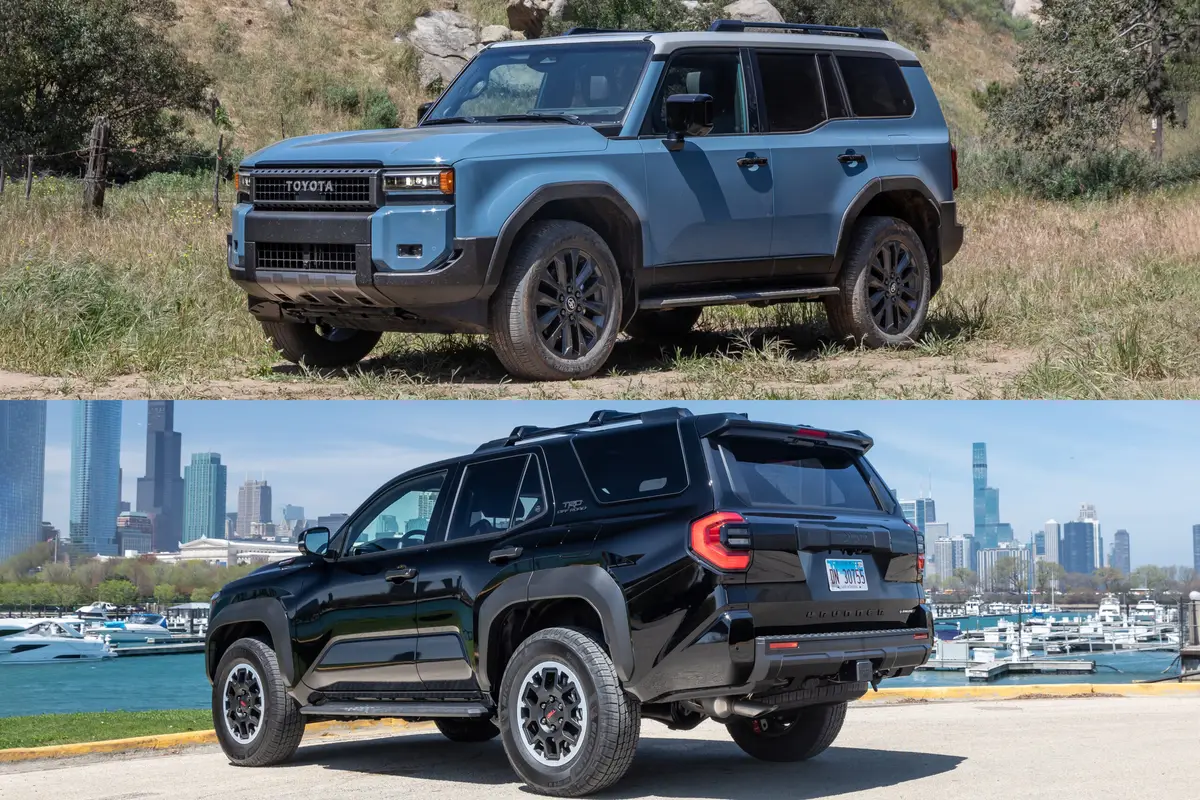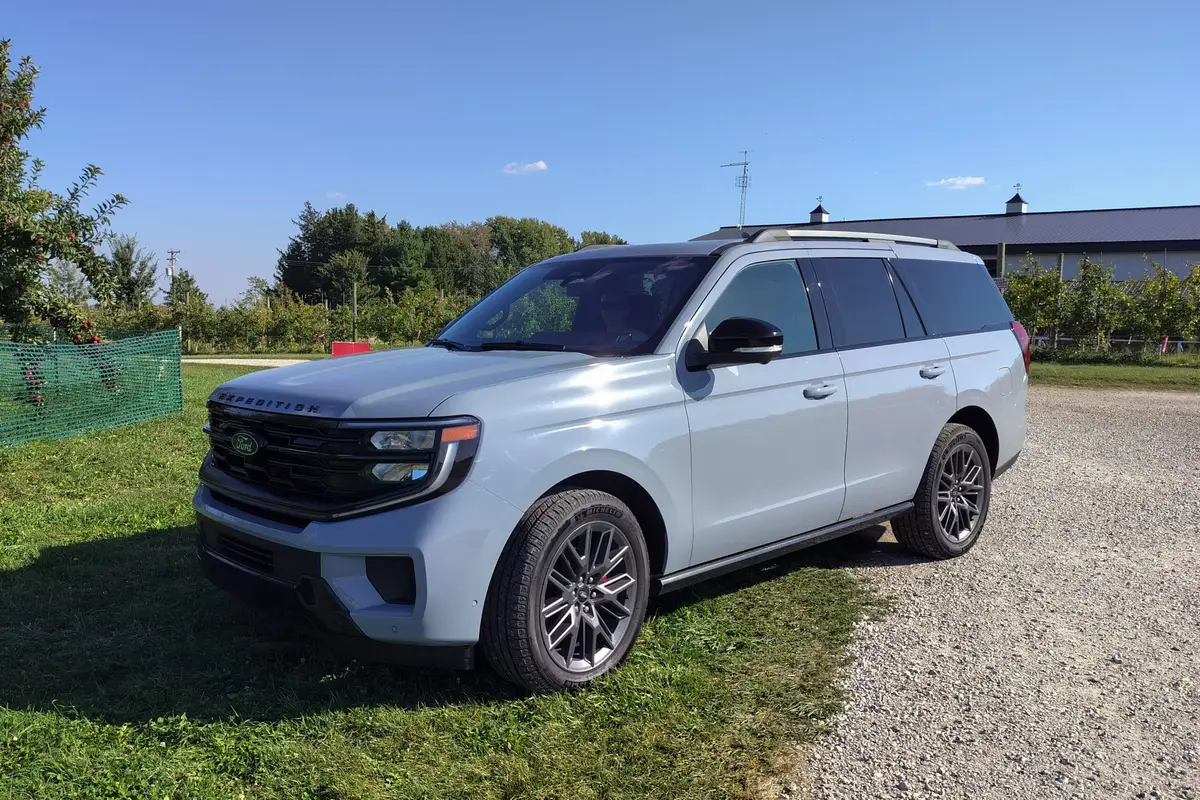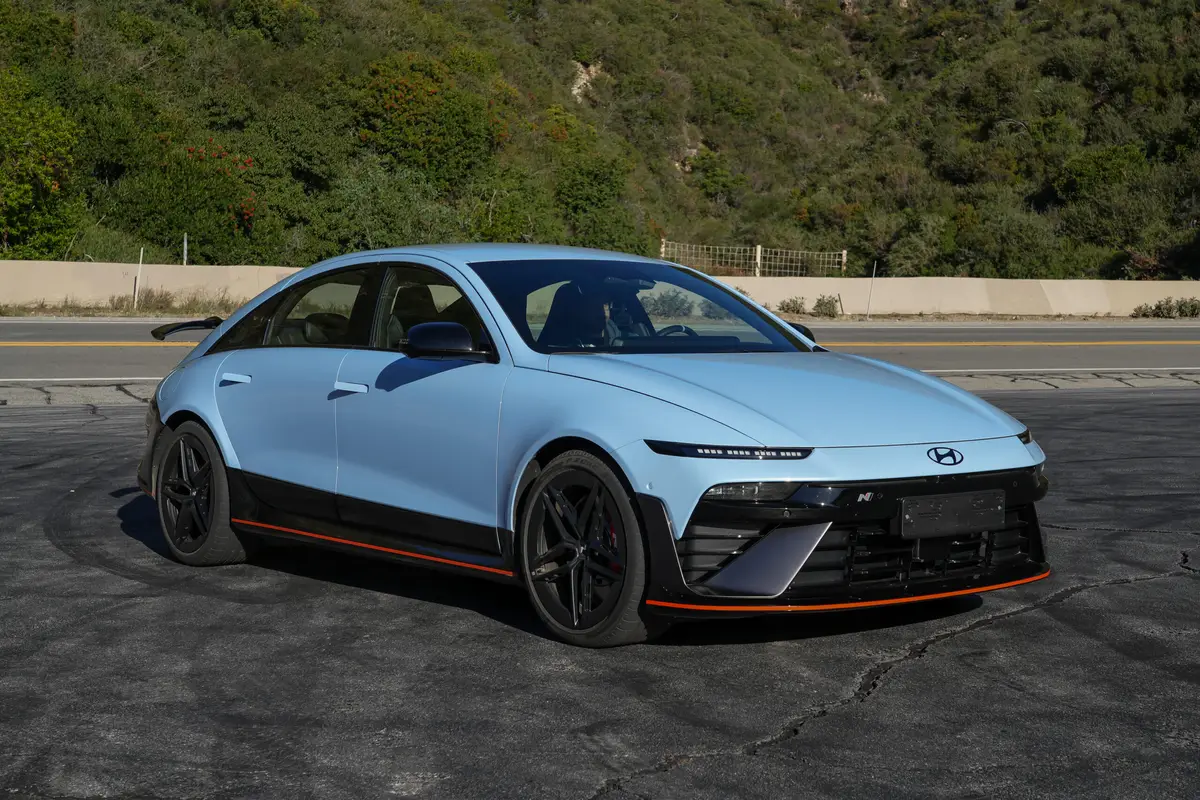2026 Toyota bZ Quick Spin: Now, Doesn’t That Feel Better?

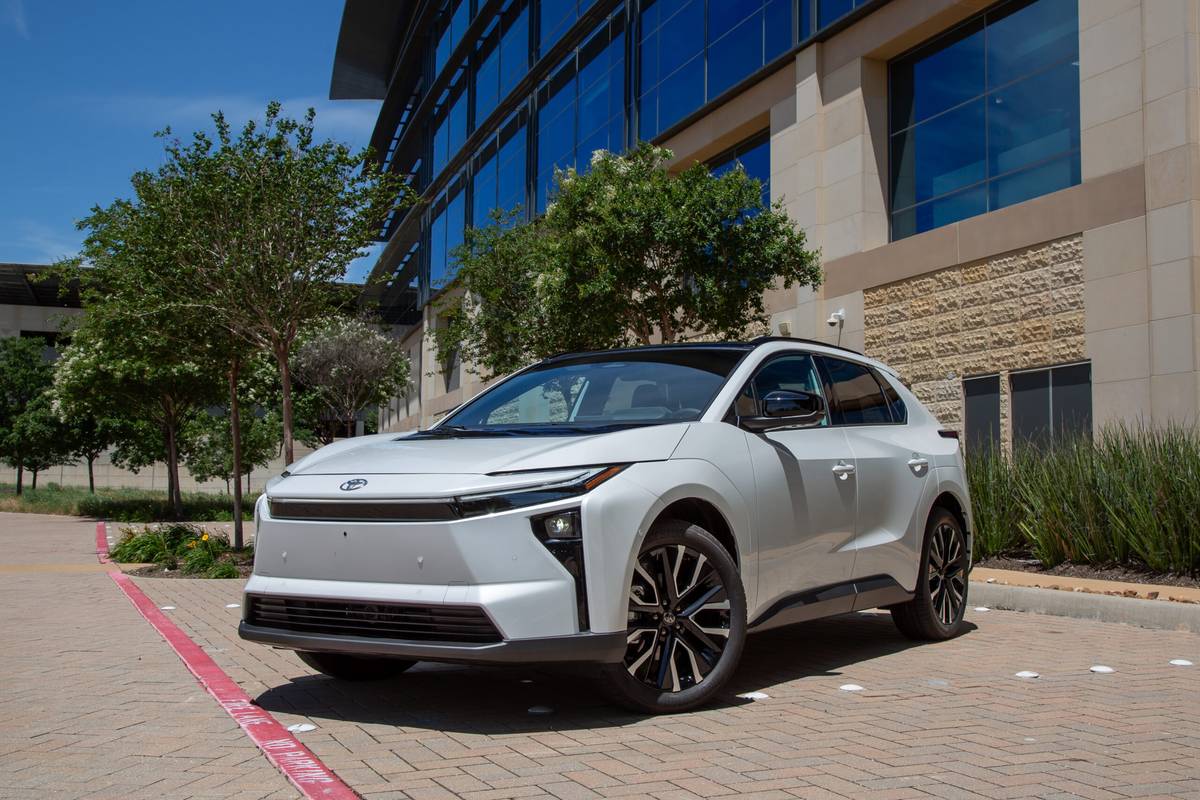
Is the 2026 Toyota bZ a Good EV?
For the most part, yes. Range is up over the rather uncompetitive bZ4X, and power and performance is up (almost) across the board. It’s not the most exciting, efficient or affordable electric vehicle in its segment, but it’s certainly a mega leap forward for Toyota’s first true electric effort.
Related: No More 4 (or X): 2026 Toyota bZ Gets Over 50% More Power, Up to 314 Miles of Range
How Does the 2026 Toyota bZ Compare With Other EVs?
Comparing trim to trim, the 2026 Toyota bZ lands mostly in the middle of the pack with cars like the Tesla Model Y, Hyundai Ioniq 5, Chevrolet Equinox EV and Ford Mustang Mach-E. Look for better (or sometimes worse) range and power from the competition, depending on price.
I’m not sure which it is: Toyota’s either too big and structured to pivot “quickly” (at least by industry standards) to electric vehicles, or it’s still unsure on the long-term viability of the EV as the consumer’s first draft pick for workaday transportation. That the undisputed king of the hybrids launched its first full battery-electric vehicle with a cynically uncompetitive product like the bZ4X crossover this late in the battery race had me leaning toward the latter scenario.
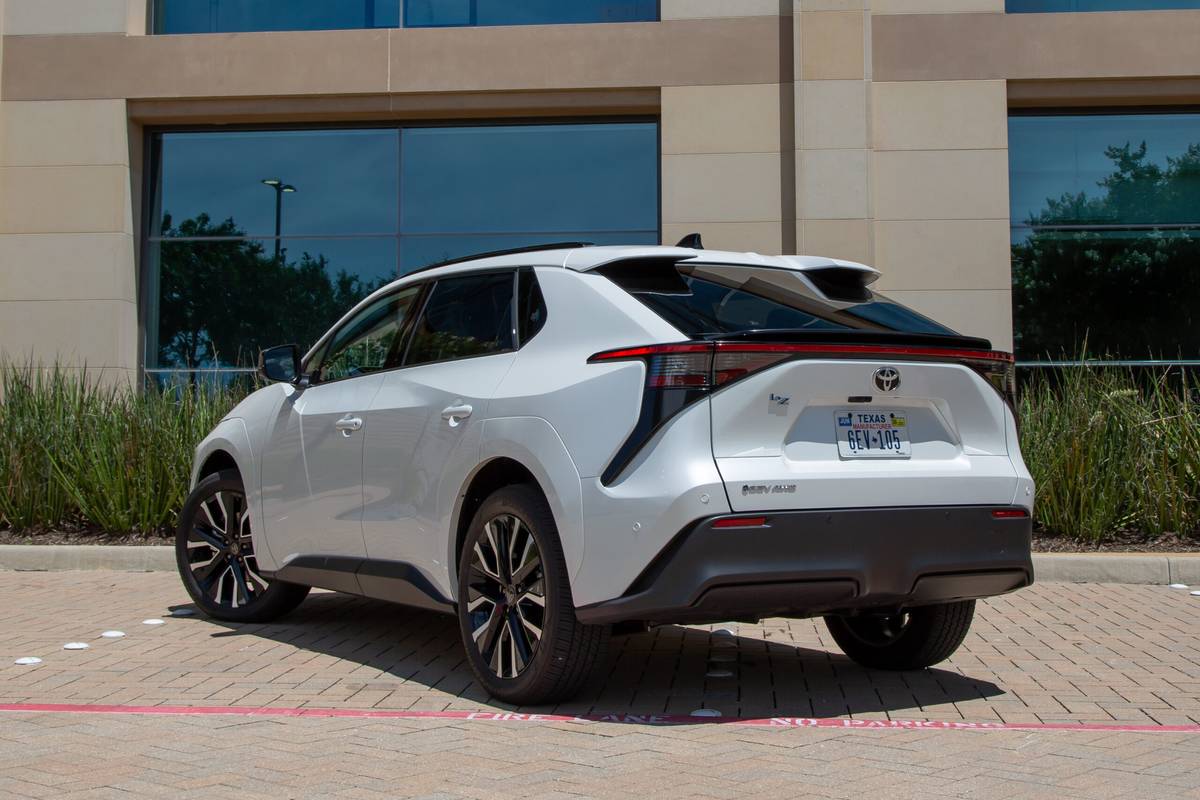
Then it refreshed the bZ for the 2026 model year, shifting the electric crossover from the back of the pack to at least the middle, following similar changes to Lexus RZ and two new bZ derivatives in the all-new CH-R and bZ Woodland. Whether Toyota’s cruise liner has finally come about or it’s changed its mind about EVs, the bZ is finally worth recommending for those seeking an EV designed and built by one of the world’s most mainstream automakers.
What’s New for the 2026 Toyota bZ?
I intentionally refer to it as the “bZ” and not “bZ4X” as the automaker has dropped the bZ’s appendage for the new model year, the first in a collection of smart decisions. Next are boosts in power, range and charging speed. While the front-wheel-drive single-motor bZ XLE is back, it has 17 fewer miles of estimated range (down to 235 miles from 252), and with the smaller 57.7-kilowatt-hour (down from 71.4 kWh) battery has just 168 horsepower. Every other trim and configuration pulls juice from the larger 74.7-kWh battery, resulting in 221 hp in the single-motor FWD XLE Plus and 314 miles of range.
Dual-motor all-wheel-drive bZs also get a boost, now with between 278 miles and 288 miles of range depending on the chosen trim, an increase over 2025 AWD models with 222 or 228 miles. Crucially, power is way, way up in the dual-motor to a 338 hp maximum, a moonshot away from the 214 hp of prior dual-motor variants. Now, Toyota claims the dual-motor cracks 0-60 mph in 4.9 seconds.
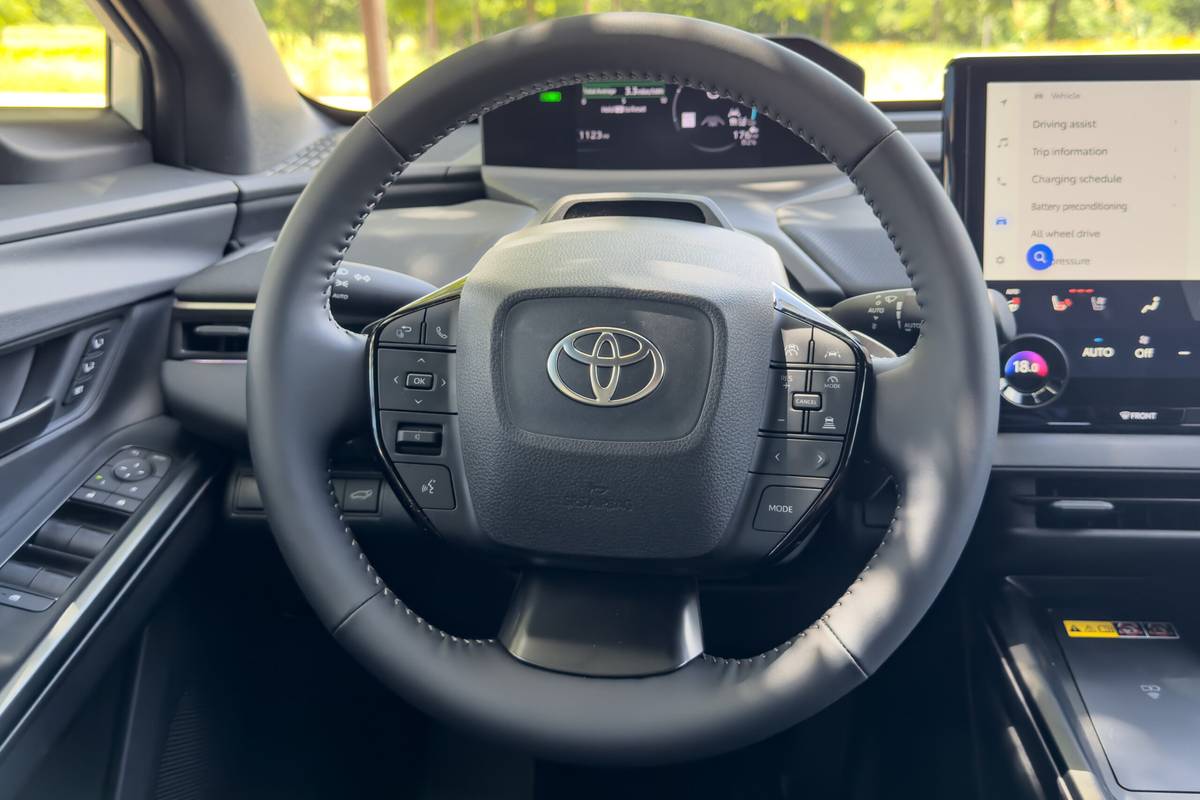
Out on the straight ‘n’ wide roads cutting right-angles through Plano, Texas, the dual-motor bZ feels every bit of that 124-hp gain. It lunges forward with a satisfying immediacy possessed by most twin-mill EVs, a holistic improvement that cannot be overstated. Merging in the prior bZ4X (or related Subaru Soltera, for that matter) was a genuinely concerning experience even for the most lead-footed among us. Now, the bZ zaps down entrance ramps with hot-hatchy pace, only petering off somewhere well north of the Texas tollway speed limit.
More From Cars.com:
- 2026 Toyota bZ Woodland: The Longer, More Powerful Electric SUV
- Here Are the 11 Cheapest Electric Vehicles You Can Buy
- 2026 Toyota RAV4 Up Close: A Guaranteed Sales Supernova
- Research the Toyota bZ4X
How Does the 2026 Toyota bZ Drive?
Other inputs like steering and braking are well balanced and mostly digital, with the bulk of this new performance isolated to forward pace. In practice and presentation, it’s very much a funky, all-electric interpretation of the Toyota RAV4 with its pseudo-concept vibe cut heavily with the expected anodyne character. All mechanicals outside of the drivetrain appear to have been left in situ, with the same slightly stiff ride and above-average body composure.
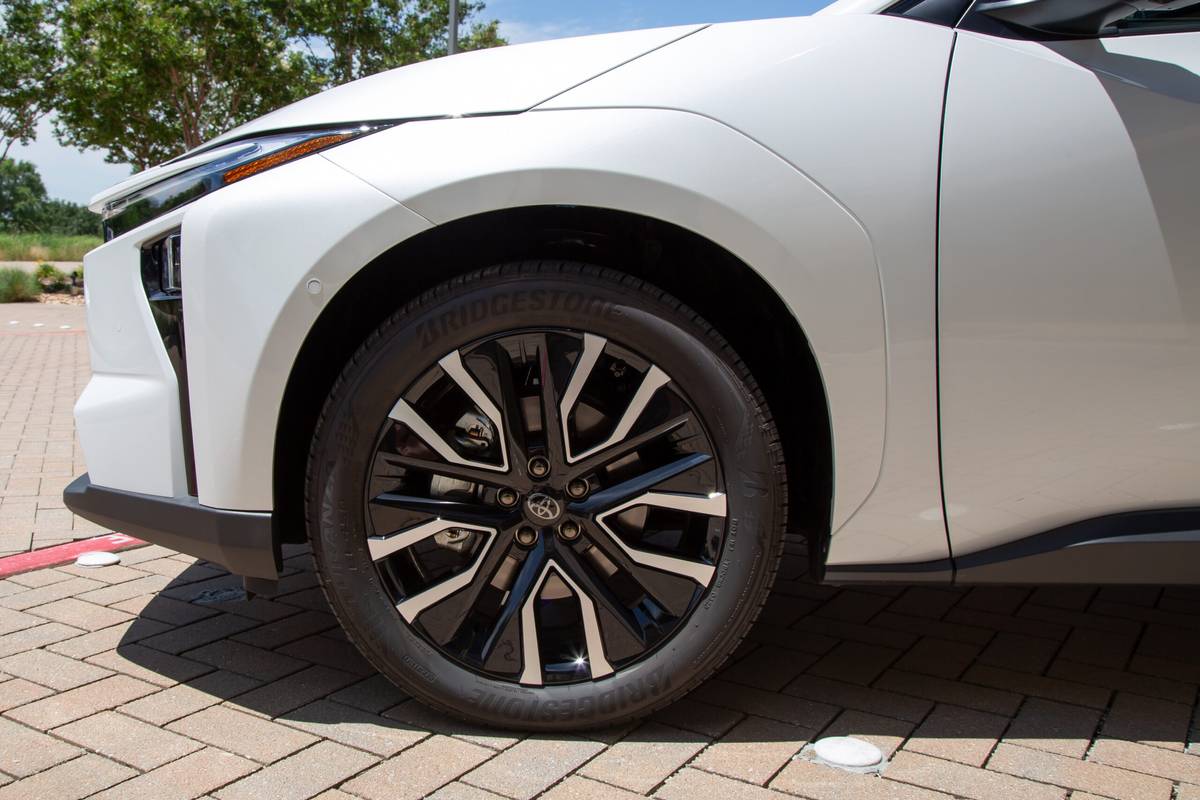
The interior is also modestly tweaked for the new model year, incorporating much of the climate and vehicle controls into the new standard 14-inch infotainment screen. A new center console design cleans up the prior rental-spec cabin, now with dual wireless charge pads and a repositioned drive selector that looks relatively sleek against a new divided dash with slightly recessed air vents. Better still, soft-touch materials have replaced portions of cheap, scratchy plastic.
Quicker, nicer, techier and longer-legged — all good things counterbalanced by carryover frustrations: Range is on the low side of “acceptable,” and though standard Tesla-compliant North American Charging Standard charge ports boost DC fast charging to allow for 10% to 80% charges in around 30 minutes, charging rate is still middle of the road, as is the 400-volt architecture.
If you were holding out for wholesale improvements to the previously middling bZ4X, look to the 2026 Toyota bZ as the next step toward becoming a serious, quite competitive EV.
Related Video:
Cars.com’s Editorial department is your source for automotive news and reviews. In line with Cars.com’s long-standing ethics policy, editors and reviewers don’t accept gifts or free trips from automakers. The Editorial department is independent of Cars.com’s advertising, sales and sponsored content departments.

Conner Golden joined Cars.com in 2023 as an experienced writer and editor with almost a decade of content creation and management in the automotive and tech industries. He lives in the Los Angeles area.
Featured stories
